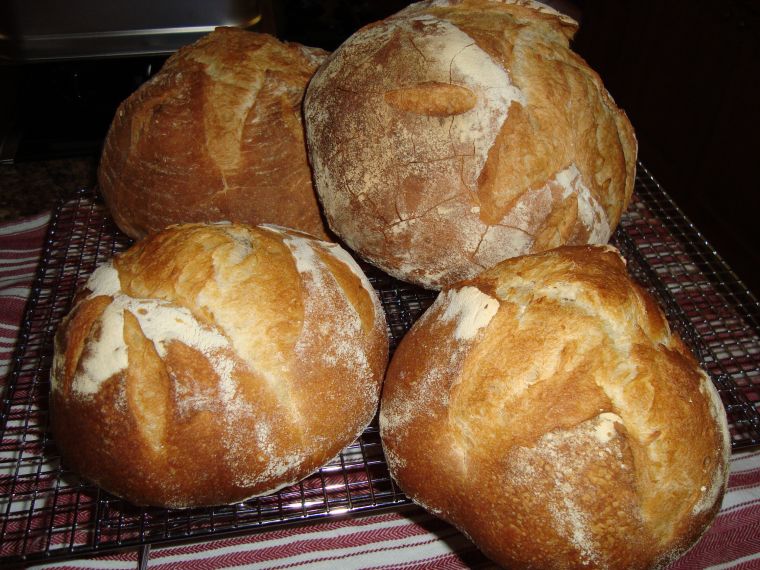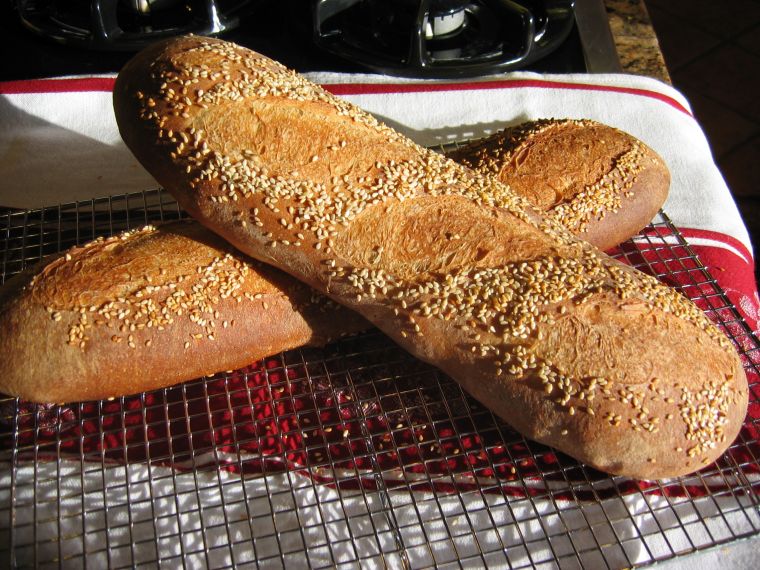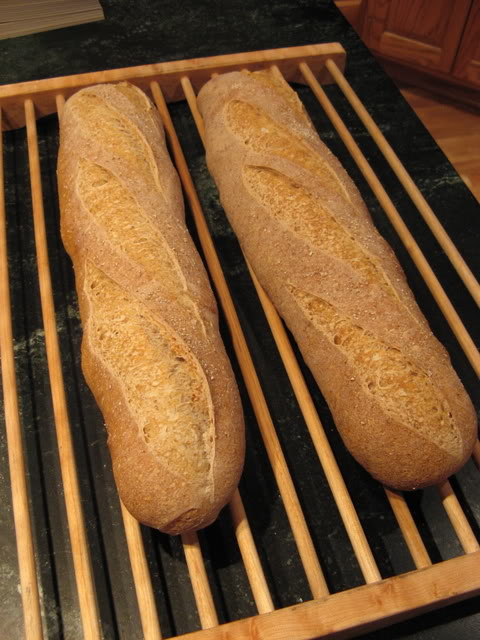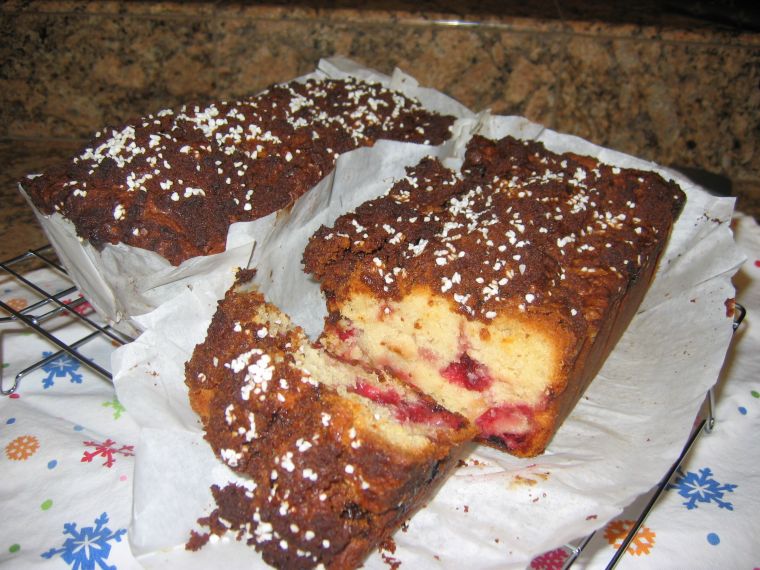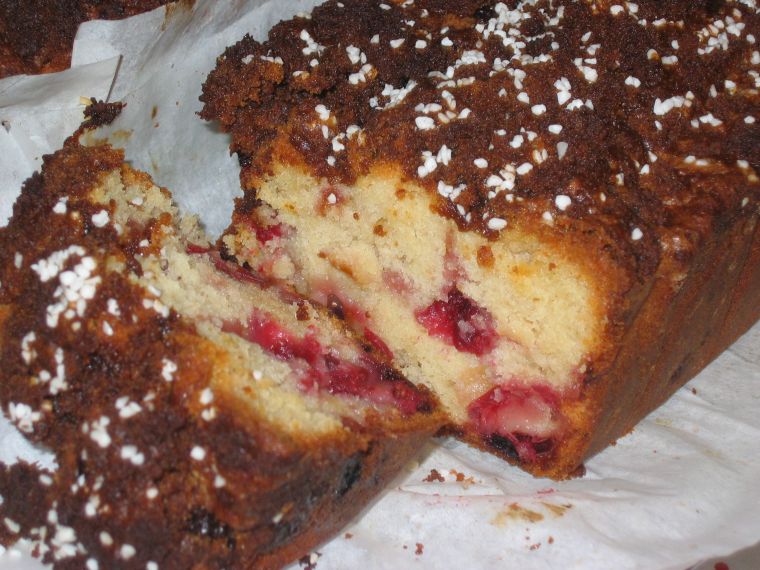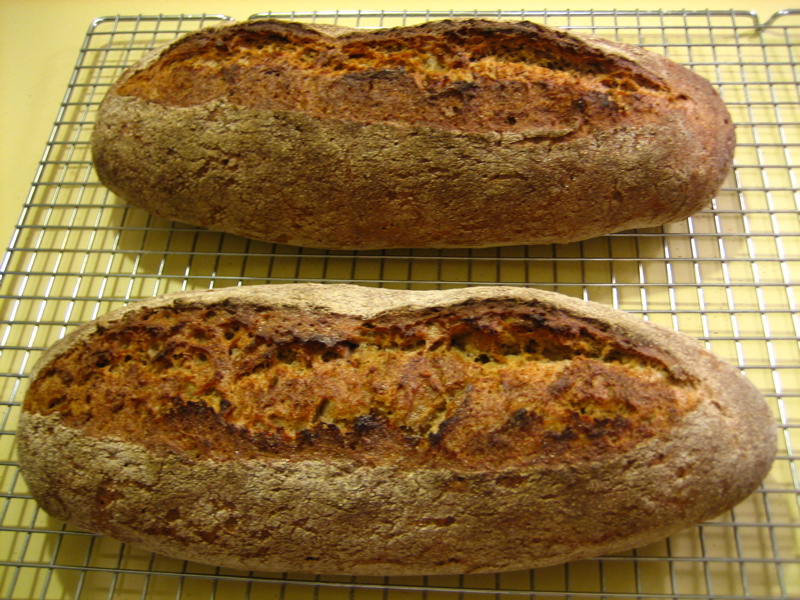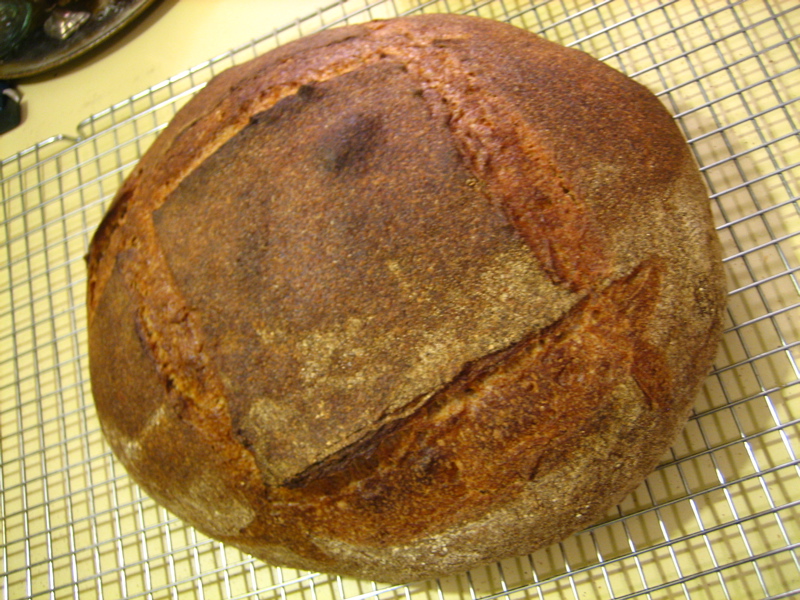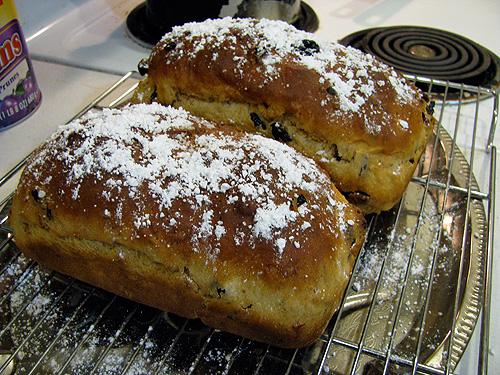Last baking of 2008 & first baking of 2009
On Decembeer 31, 2008 ...
Norm's Onion Rolls (and a lone kaiser roll)
and ...
Apple Crunch, from the Summer Shack Cookbook
And, on January 1, 2009, I baked ...
- Log in or register to post comments
- 5 comments
- View post
- dmsnyder's Blog
 [/center]
In past years, I've made sweet saffron buns for Christmas. But after tasting the recently made semi-wild challah, we both agreed that while the saffron adds a lovely colour and flavour, it doesn't add quite enough flavour to merit the expense of using the saffron.
[/center]
In past years, I've made sweet saffron buns for Christmas. But after tasting the recently made semi-wild challah, we both agreed that while the saffron adds a lovely colour and flavour, it doesn't add quite enough flavour to merit the expense of using the saffron.